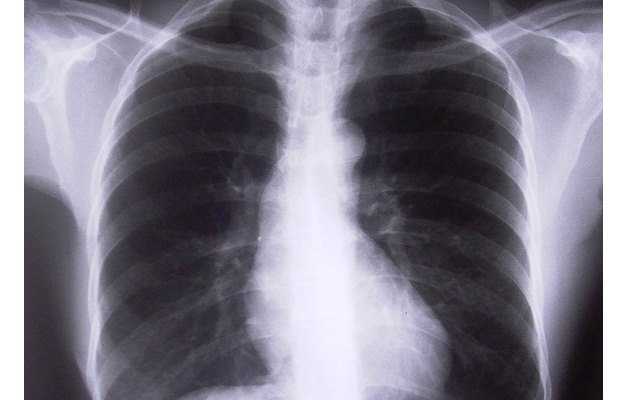What is Pneumothorax?
The lungs have an outer and inner covering called a pleura. There is a space called pleural cavity between these two linings that can get filled with air or fluid, but is usually collapsed and contains a small amount of pleural fluid.
When air seeps into this cavity, i.e., between the two pleurae, pneumothorax occurs. Secondary pneumothorax is a result of an underlying lung pathology. Primary pneumothorax occurs in the absence of any disease and is spontaneous.
Sometimes, the trapped air may cause displacement of the heart and other structures like food pipe and affect the blood circulation. This condition, called tension pneumothorax, poses a threat to life and is a medical emergency.
What are the main signs and symptoms?
The symptoms vary with the type of pneumothorax. Unless it is tension pneumothorax, the patient may suffer minimal discomfort and may not realize that he has pneumothorax. Shortness of breath and chest pain are the most typical symptoms. It may be days before the patient seeks medical care. The clinical signs will include low oxygen, increased respiratory rate, and low blood pressure.
Tension pneumothorax is more obvious. It occurs in cases associated with severe injury, resuscitation, ventilation, etc. The patient suffers from breathlessness resulting in low oxygen. Initially, tachycardia and tachypnoea can be observed followed by hypoxia, cyanosis, and hypoventilation. The trachea shifts to one side. Rarely, the patient may complain of pain in the abdomen.
What are the main causes?
Air may enter the pleural cavity due to rupture of a bubble called as a bleb or an injury. The lung tends to collapse inwards, resulting in compromised breathing capacity. Tension pneumothorax occurs when the injury of tissue is such that it allows inflow of air into the pleural cavity and prevents its outflow. Thus, the lung collapses more with every breath.
The probability of suffering from pneumothorax is increased in cases of smoking, asthma, tall-thin stature, COPD, cystic fibrosis, etc.
How is it diagnosed and treated?
The diagnosis can be affirmed by a clinical examination, X-ray, or CT scan. The treatment depends on the nature and size of pneumothorax. In cases of small pneumothorax, the patient might be discharged on the same day after quick treatment and follow-up would be required.
In more severe cases or cases of tension pneumothorax, immediate needle insertion is required to allow the escape of air from the chest. Further, a chest tube is inserted. There is a considerable chance of recurrence; thus, care must be ensured.

 OTC Medicines for Pneumothorax
OTC Medicines for Pneumothorax















